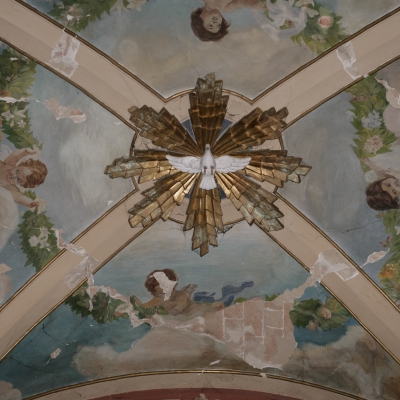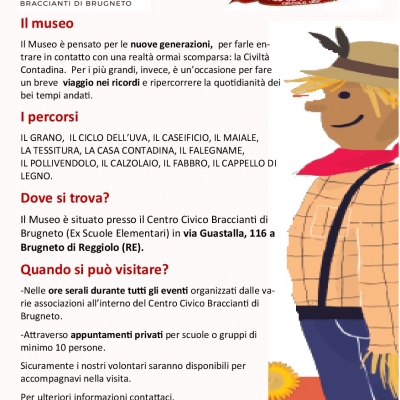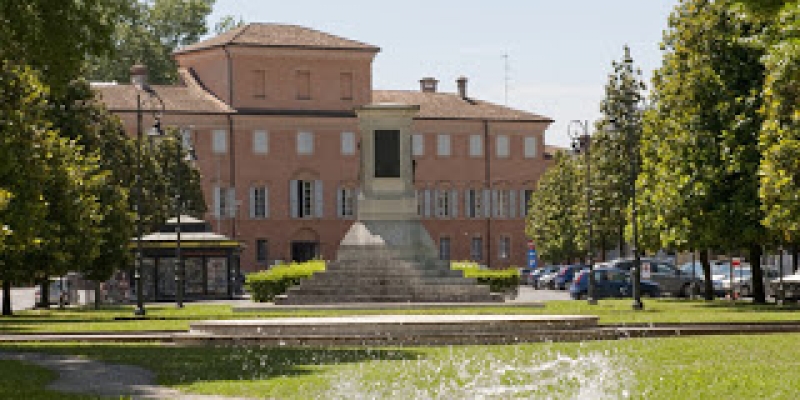Reggiolo
Reggiolo is mentioned for the first time in 1044 in an act of Canossa as the seat of an important river port.
It then went under the domination of the Bonaccolsi and the Gonzaga, whose Duchy was annexed until 1631 and then moved to Guastalla. In the meantime, the works of hydraulic arrangement were completed and small industries of transformation of products such as spinning mills and woolen mills aroused. Currently, it is a municipality mainly dedicated to craft and industrial activity, with particular reference to the construction, clothing, engineering and chemical industries. The medieval fortress is of considerable interest: the castle built in the XIII century and strengthened in the XIV, preserves the original appearance on the outside, with the walls, the four corner towers and the keep equipped with merlons.
Particularly important are the festivals and fairs present in the area such as the festival of San Venerio, the saint patron of Reggiolo. Then there is the traditional Pumpkin Festival at the end of September which proposes pumpkin cooking with the typical traditional dish of both the low Mantovana and the Reggiana: the pumpkin tortelli. The Pumpkin Fair is accompanied by songs and various local folkloristic representations. Another event that attracts thousands of visitors to Reggiolo is Ruttosound: the best-known burial competition in the world.





